As we perused the holdings at the Split Archaeological Museum along Croatia’s Dalmatian Coast, I found myself most drawn to the stone headstones bearing family portraits of citizens from the Roman Empire – some more than 2,000 years-old. Though the subjects’ faces were often weathered and lacking facial extremities, I enjoyed pondering how the family’s likenesses came to be carved out of stone. Had they sat for the sculptor for hours? Had they worn their best apparel, or had the sculptor depicted them in an idealized fashion? Could they ever guess that visitors would size them up thousands of years later?
Built in 1914, the Museum of Archaeology is the oldest museum in Croatia. It’s a delight to explore, especially combined with a visit to the ancient city of Salona, because that is where many of the museum’s headstones, sarcophagi, mosaics, coins and other everyday objects were discovered. Salona is about 5 km (3 miles) from Split, and at the time of Roman Emperor Diocletian, the city had a population of 60,000.
Some of the museum’s items, including a headless Egyptian sphinx statue, also came from nearby Diocletian’s Palace, where the emperor retired at the beginning of the 4th Century AD. Roman artifacts are displayed along with Greek ones, attesting to the area’s rich history.
Note: Photography isn’t generally allowed inside the building, so this set of images solely focuses upon the museum’s fascinating holdings in the atrium outside.
Are you an archaeology enthusiast? If so, what archaeology museums do you recommend? Please share your thoughts in the Comments section below.
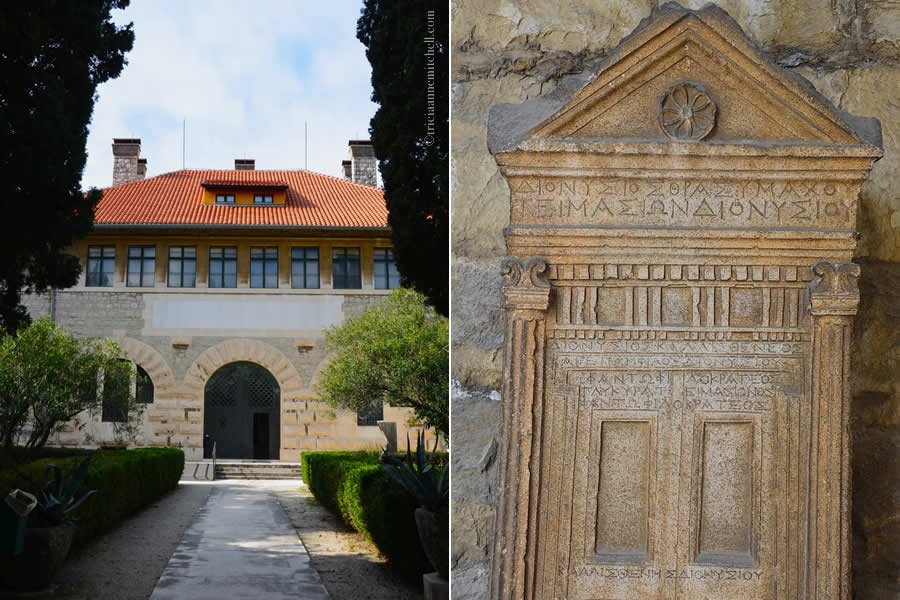
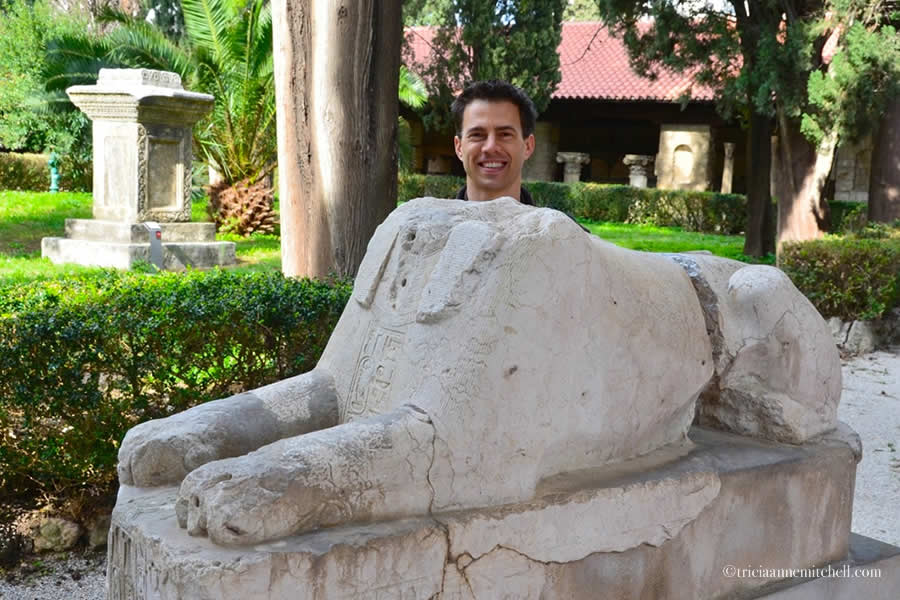
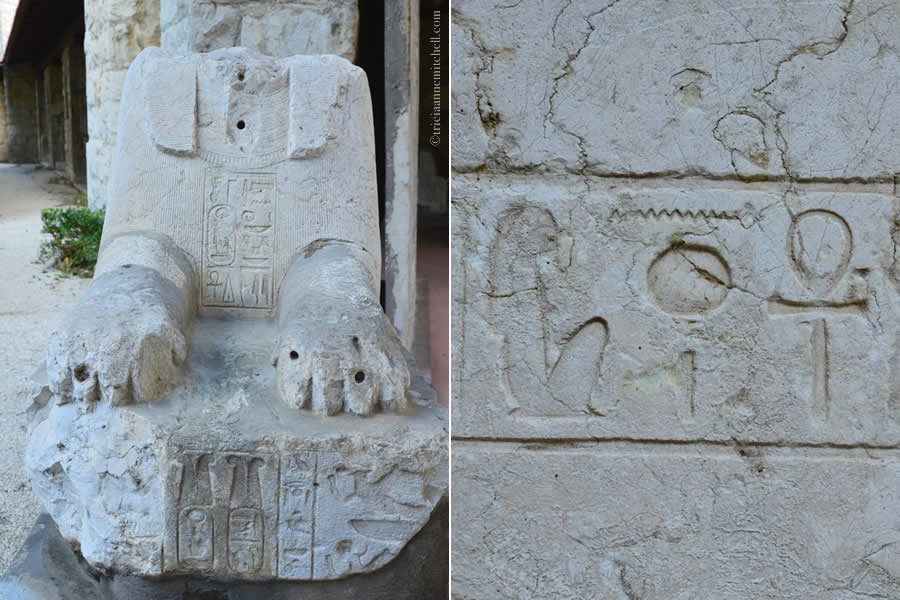
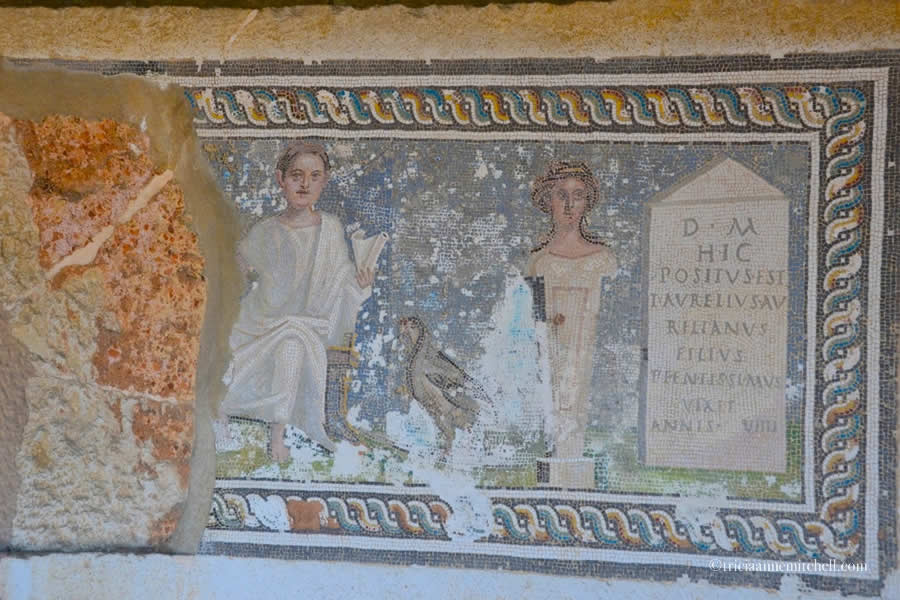
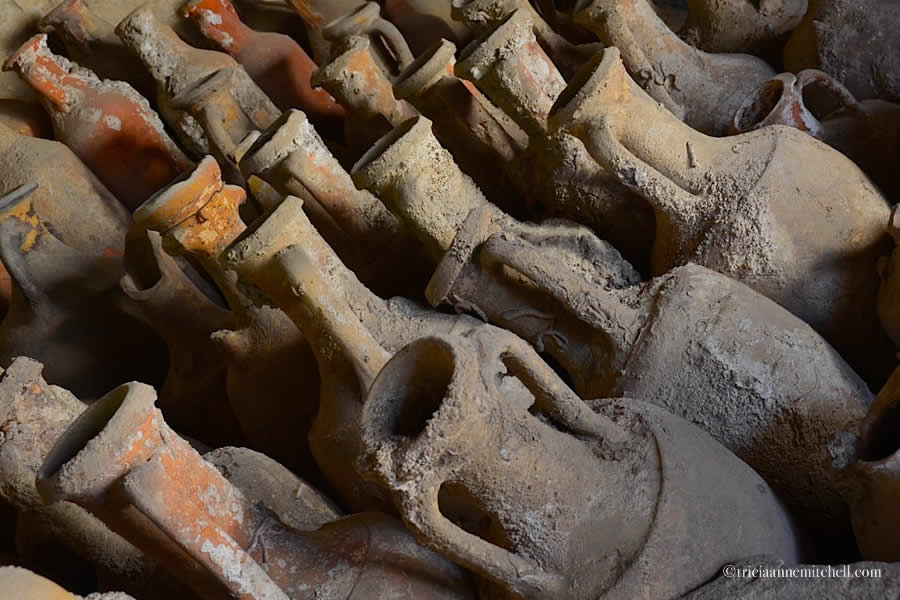
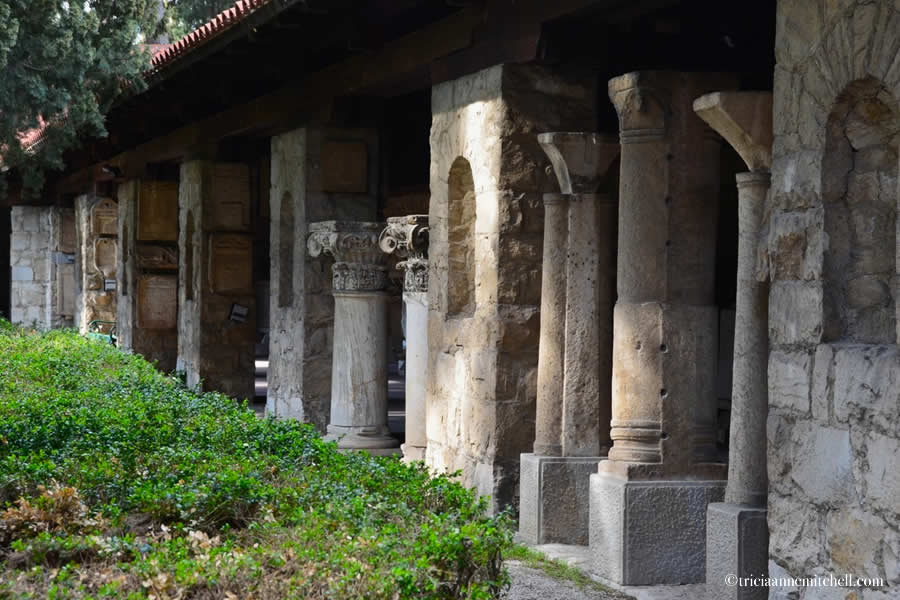
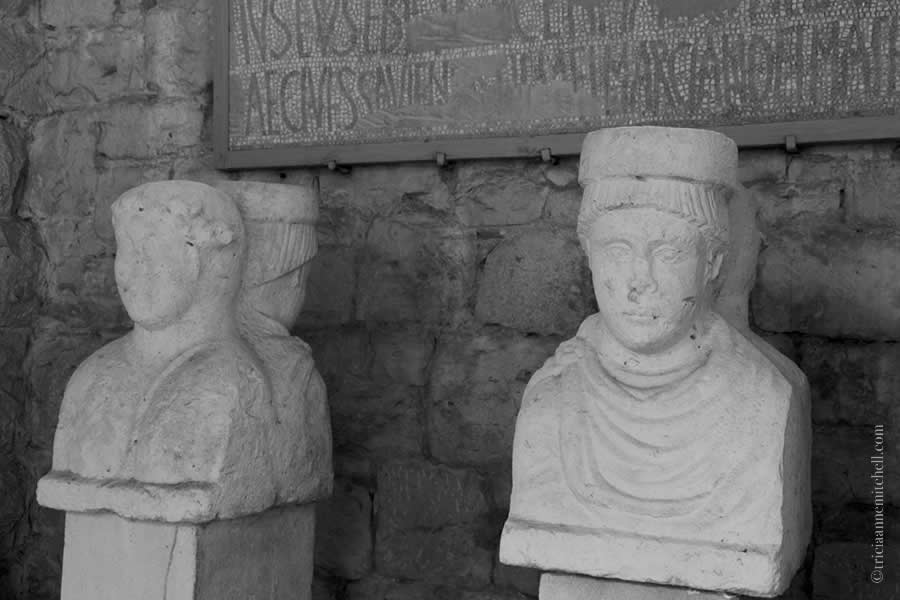
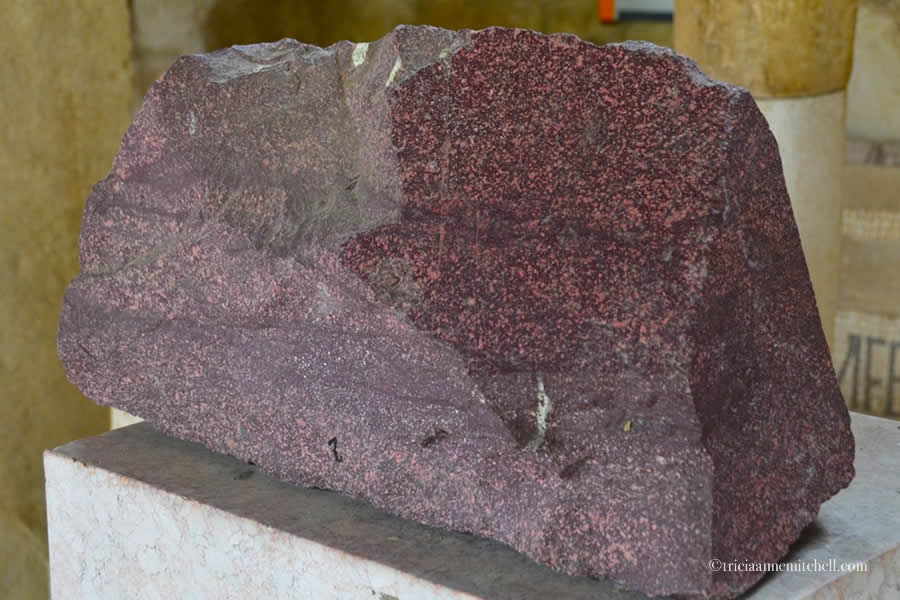
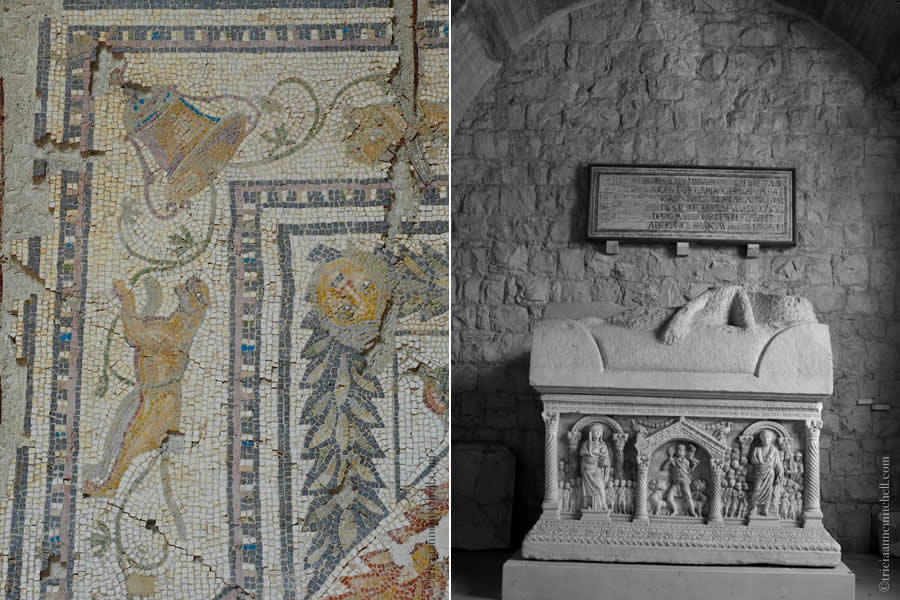
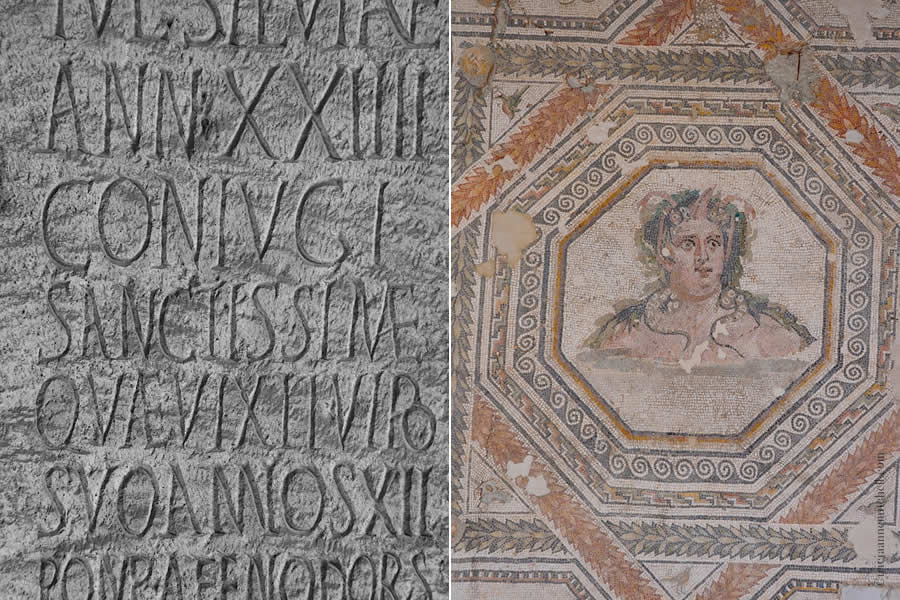
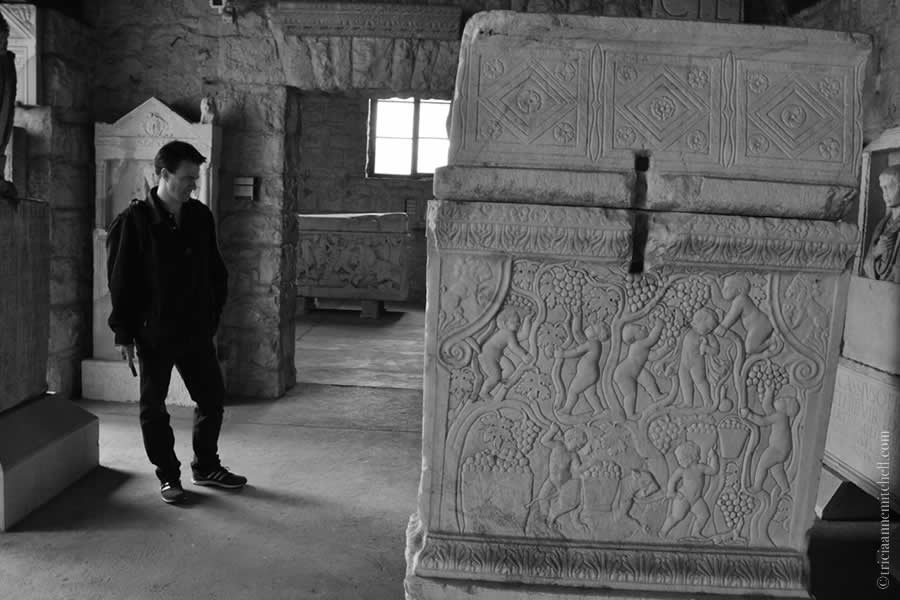
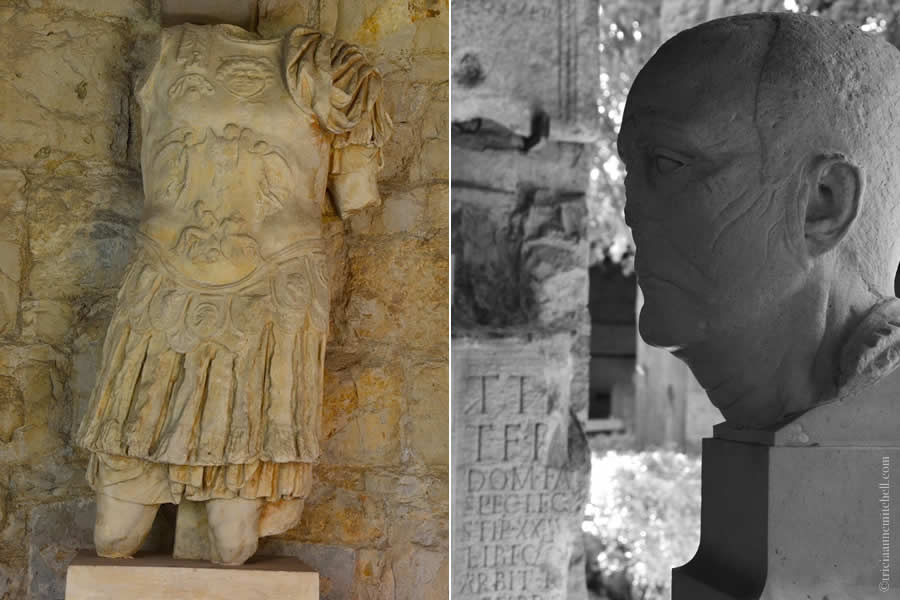
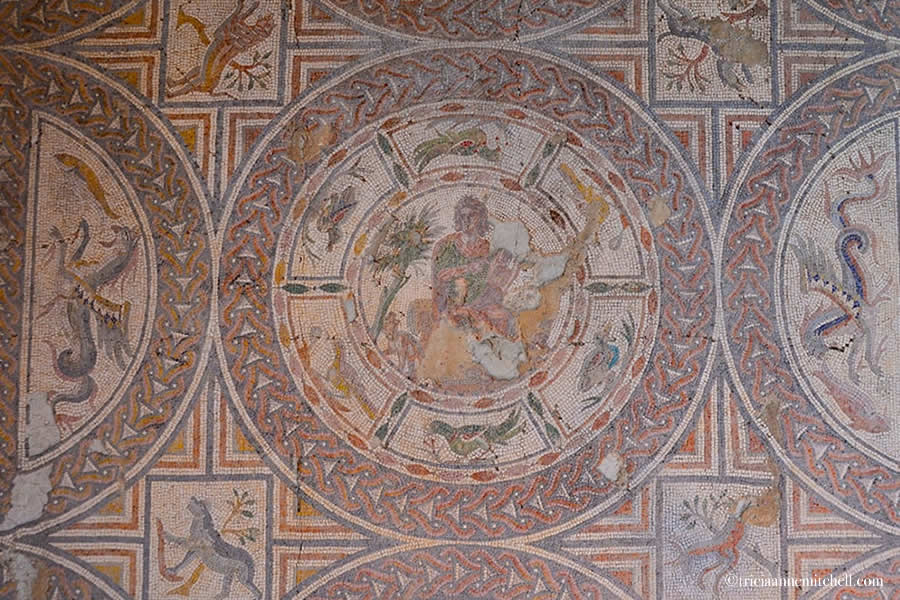

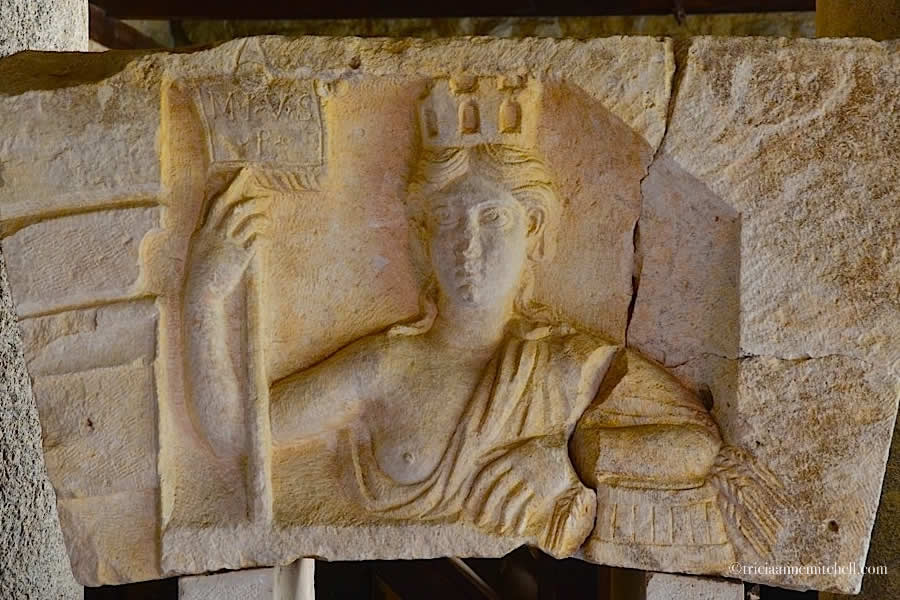
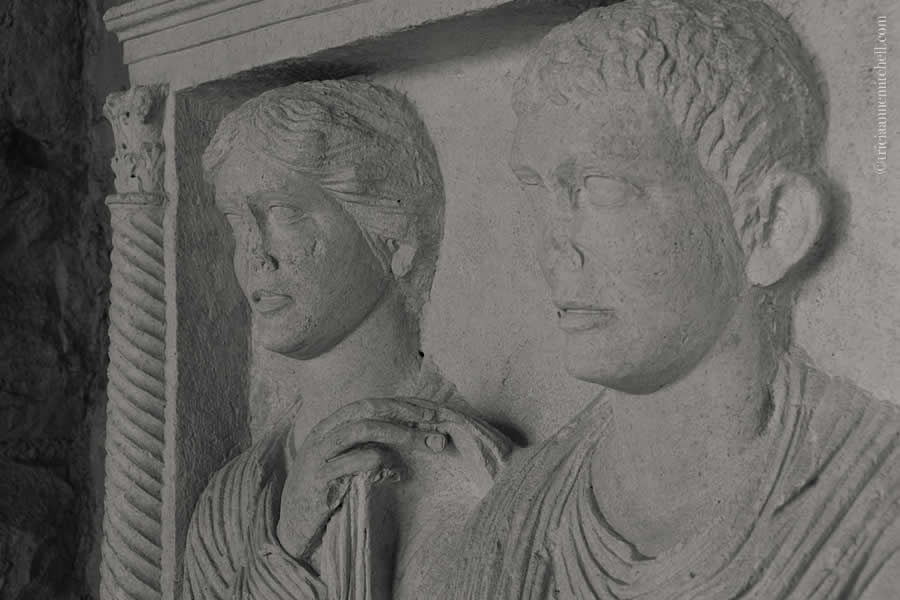
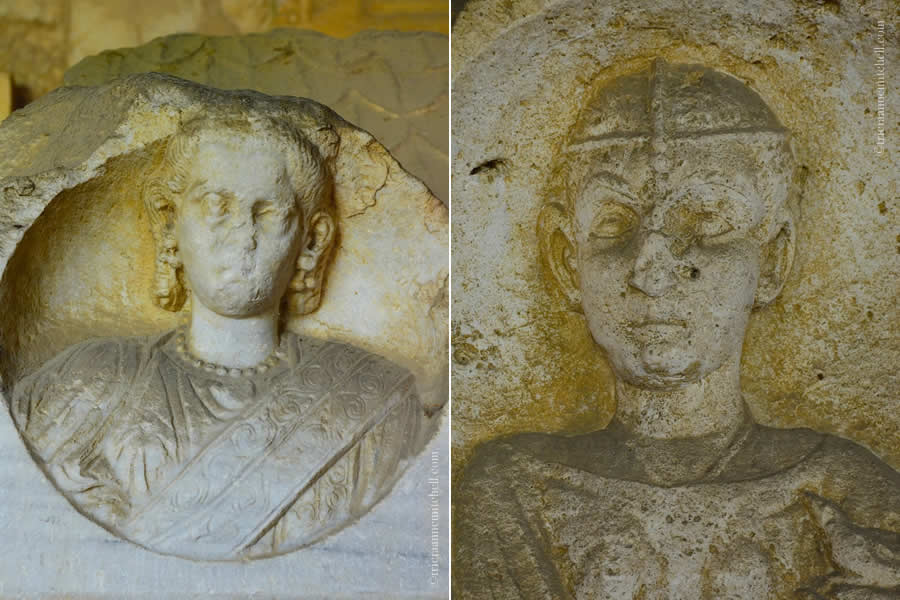
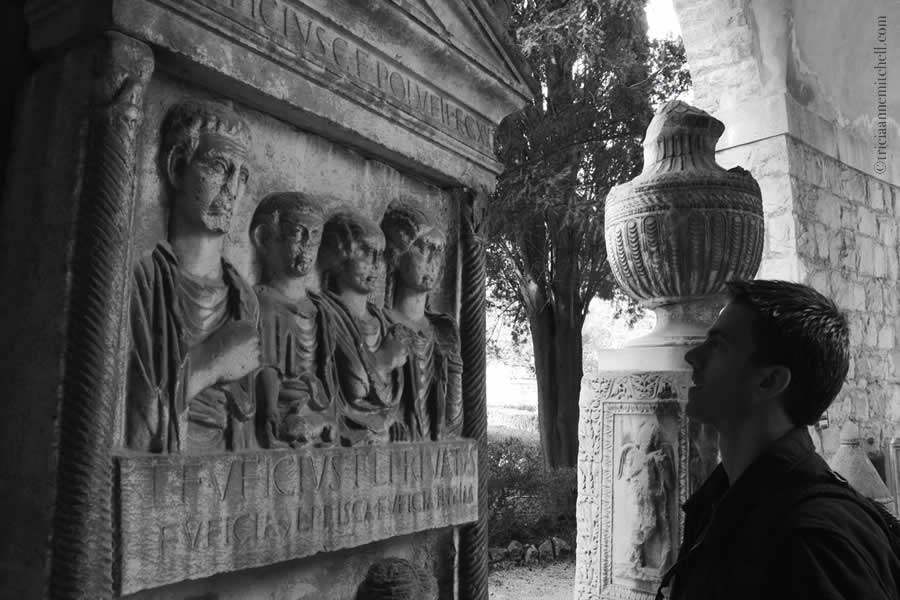
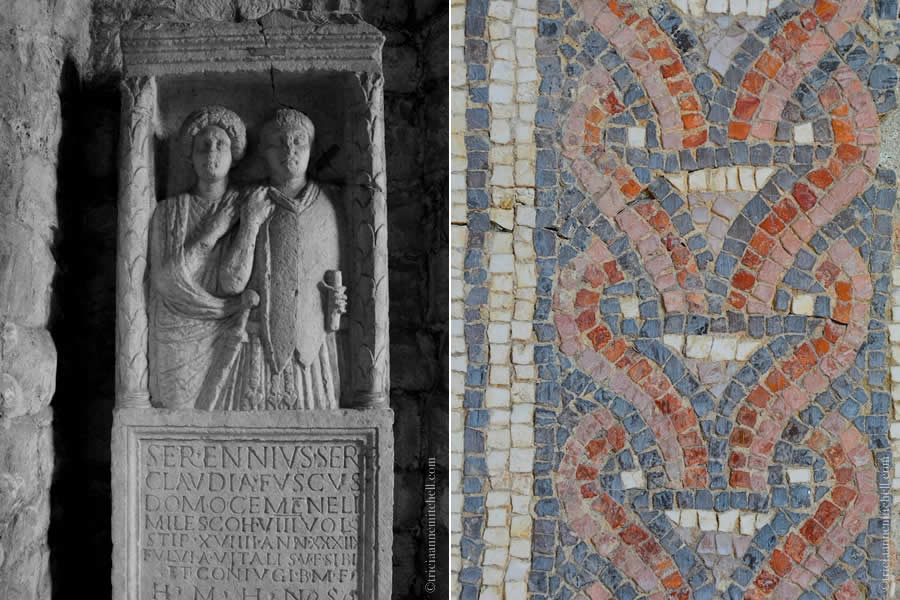
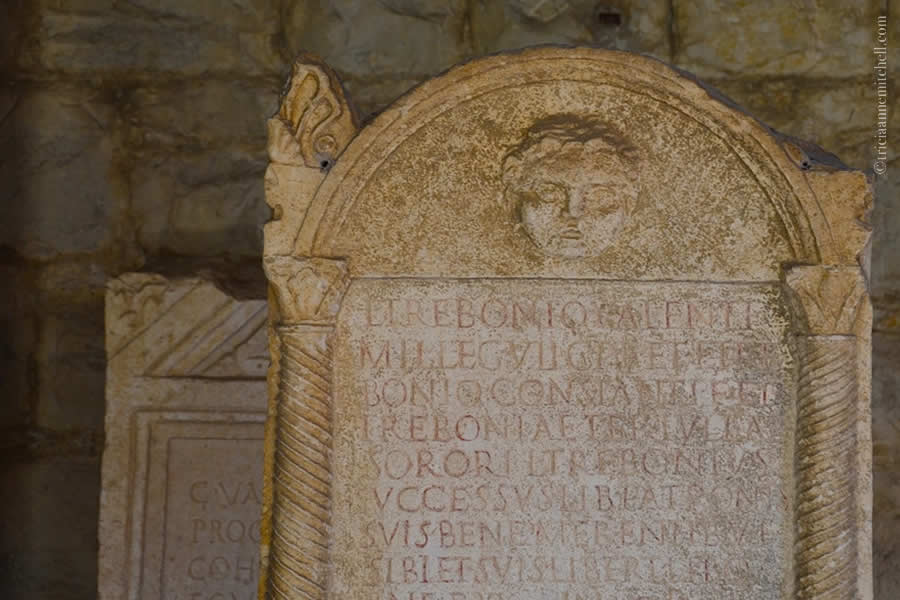
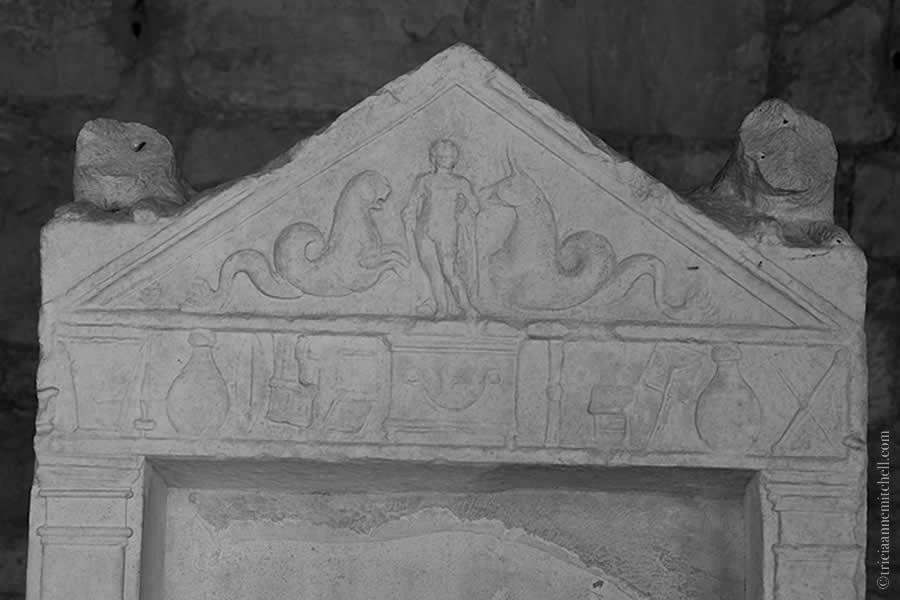
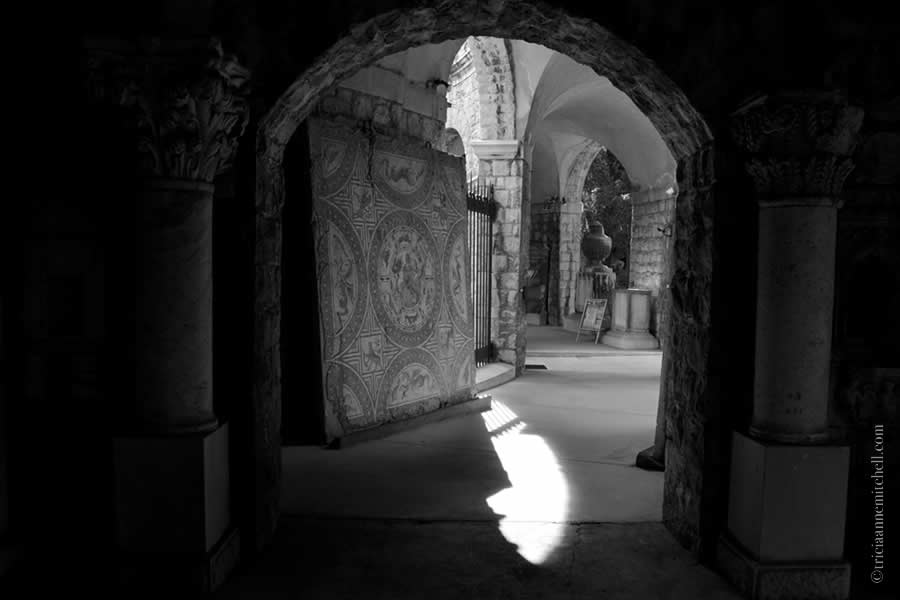
Where in the World?
Planning Pointers:
The Split Archaeology Museum website shows opening hours and has more information about the museum’s collections.
Also see the Split Archaeology Museum Facebook page and Instagram account. The museum even has a second Instagram account, which features playful content curated by the museum’s resident cat, Muse.
There’s also a Split Archaeological Museum Virtual Tour.
How to get to the Split Archaeological Museum:
Split’s Archaeological Museum is located at Zrinjsko-Frankopanska 25. It’s about a ten-minute walk from Diocletian’s Palace.
Split Archaeological Museum ticket prices:
- Adults: 40 kuna
- Children, Students, & People with Disabilities: 15 kuna
- We’ve visited this museum twice. The first time we were guided by our art historian friend, Maria, during Croatia’s annual Night of the Museum event. If you just happen to be in Croatia for that special event, there’s no cost to enter Croatia’s museums.
More information about Split and Ancient Salona:
- OmnesViae: Roman Routeplanner and Vici: If you’re interested in old Roman routes and history, be sure to explore these two websites, which allow you to plot out a route and glimpse what Roman sites are along the way.
- Excavations at Salona, Yugoslavia, 1969-1972 (book)
- Picturesque and Historic Voyage in Istria and Dalmatia (book): Published in 1802, this book features beautiful engravings from the region, including some of Split (referred to by its Italian name, Spalatro) and Ancient Salona. The text is in French, and the engravings are interspersed with the text. Use your keyboard’s arrows to scroll through the pages more quickly.
- Roman Cities in Italy and Dalmatia (book): Published in 1910, this book is available on Internet Archive. See pages 264-283 for information about Salona.
- Online collection of antique Salona postcards (website in Croatian)
- Study of the Aqueduct of Salona 2014-2015 (academic paper)
Accommodation in the Split Area:
Shawn and I have spent a total of five winters and one summer in and around the city of Split, using it as a base to explore Croatia’s popular Central Dalmatia region. We’ve made it a habit to create new memories by staying in a different property each year. Over the years, we’ve had long-term stays in Split, Trogir, Solin, and Makarska. We would happily revisit all of the following apartments. (Please note that some are affiliate links.)
- Kaleta Apartments (Split) – These lovely apartments are located within Diocletian’s Palace (well, technically just a few meters from the Iron Gate). Our elegant studio apartment, called the “Diocletian’s Suite,” had lots of character — including Roman brickwork embedded into the wall. We had overhead views of life on Split’s Old Town streets, and we enjoyed chatting with the friendly owners, Novica and Negri. We spent about 2.5 months here.
- Guesthouse F (Split) – This cozy studio apartment is located in Split’s Varoš neighborhood, just a few minutes’ walk from Diocletian’s Palace. With its quirky narrow streets and stone homes decorated with hunter-green shutters and flower boxes, Varoš is charming. One of Guesthouse F’s apartments was originally a horseshoe maker’s workshop, owned by Anja’s grandfather. Shawn and I dubbed it the “horseshoe cottage.” Aside from our central location, we loved having a tiny terrace. We also appreciated the kindness of our hosts, Anja and Miro. In total, we spent about 2 months here.
- Viola Apartment (Split) – We spent roughly 3 months in this wonderful 2-bedroom apartment, which is also in the Varoš neighborhood of Split. The apartment also has a lovely sun porch and garden. It is in an old stone home, but the interior has recently been remodeled. We were in a perfect location for accessing Diocletian’s Palace and Marjan Forest Park, too. On foot, it takes about six minutes to reach Split’s most famous lookout point near the Caffe Bar Vidilica. The owner, Ljubica, lives upstairs. She is easygoing and helpful.
- Apartments Mirkec (Trogir) – We spent 7 wonderful weeks in this studio apartment, which is located in the heart of the town of Trogir. The apartment had good Wifi and a kitchen with all the basics. It was also perfectly situated in the heart of Trogir’s gorgeous Old Town, just a minute’s walk from the seaside walkway, the Riva. Trogir’s bus station was about a 5-minute walk from the Apartments Mirkec, making day trips using mass transportation easy. Note: As of 2025, I think this apartment has permanently closed. However, the owner’s popular restaurant (Pizzeria Mirkec), which is located underneath the apartment, is still cooking up delicious pizzas in their wood-fired pizza oven.
- Apartments Vesna (Makarska) – This 1-bedroom apartment was our home for about 12 months. The apartment is on the top floor and features skylights. A small balcony on the back of the apartment overlooks Makarska’s harbor — the views of Makarska’s dramatic mountains are wonderful! It takes about 8 minutes to reach Makarska’s bus station on foot. In a matter of minutes, you can also walk to Makarska’s Riva (seaside promenade), several grocery stores, restaurants, and cafés. The owners, Mise and Anna, are exceptionally friendly and helpful.
Looking for more Croatia trip-planning inspiration?
See my Croatia guide.
Photography & text © Tricia A. Mitchell. All Rights Reserved.


Leave a reply to Tricia A. Mitchell Cancel reply